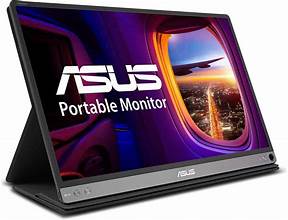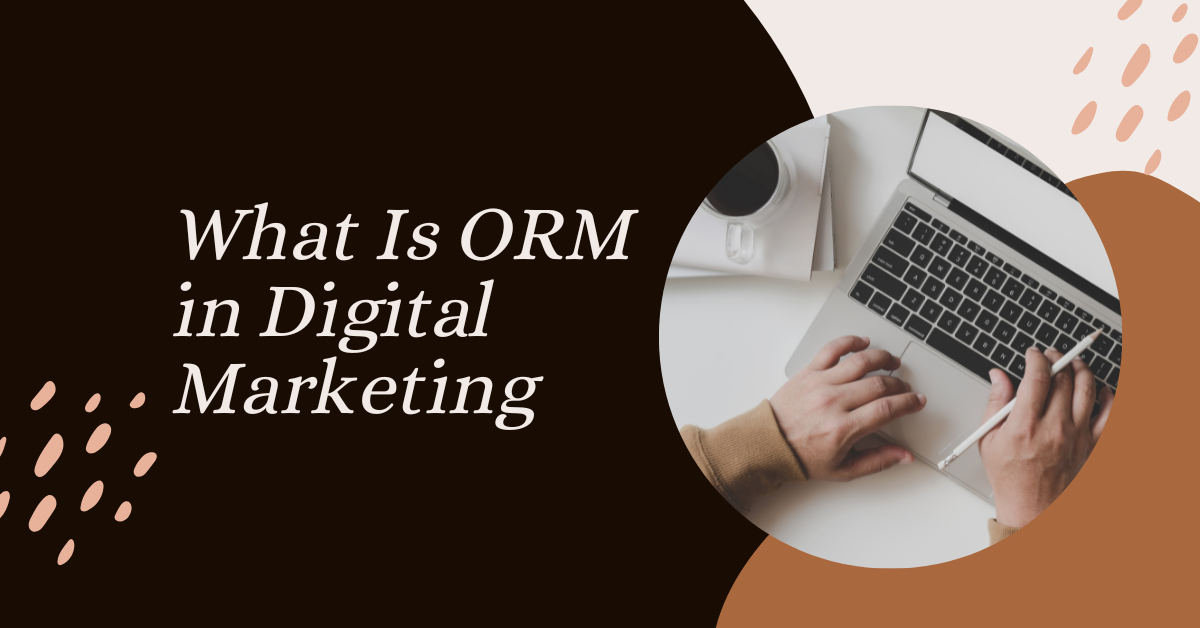In the ever-evolving landscape of online marketing, two terms frequently bandied about are SEM and PPC. These acronyms, which stand for Search Engine Marketing and Pay-Per-Click, respectively, are often used interchangeably, but they represent distinct strategies that are integral to the success of modern digital advertising campaigns. In this discourse, we will delve into the nuances of SEM and PPC, elucidating their differences, functionalities, and the strategic roles they play in the realm of online advertising.
SEM: Harnessing the Power of Comprehensive Marketing
Search Engine Marketing (SEM) is a comprehensive approach to online advertising that encompasses various techniques and strategies to enhance a website’s visibility on search engine results pages (SERPs). The goal of SEM is to generate organic and paid traffic by leveraging search engines as conduits to connect potential customers with products and services. While PPC is a subset of SEM, SEM is a broader umbrella that includes both organic search optimization and paid search advertising.
One of the primary components of SEM is Search Engine Optimization (SEO), a practice aimed at optimizing a website’s content, structure, and backlink profile to rank higher on organic search results. SEO is a long-term investment that involves strategies like keyword optimization, content creation, technical enhancements, and building quality backlinks. Unlike PPC, which requires a constant budget for ads, SEO’s impact endures over time, making it a valuable tool for sustained online visibility.
Additionally, SEM encompasses paid search advertising, which is where the difference between SEM and PPC becomes clearer. Pay-Per-Click (PPC) advertising is a subset of SEM, focusing solely on paid search placements. In a PPC campaign, advertisers bid on keywords that are relevant to their business. These ads are displayed prominently on search engine results pages, typically above or below the organic search results. Advertisers are charged only when users click on their ads, hence the name “Pay-Per-Click.”
PPC: Precision Targeting and Instant Gratification
Pay-Per-Click (PPC) advertising, as mentioned earlier, is a specific type of advertising within the larger framework of SEM. It is characterized by its instant visibility and the advertiser’s payment model, which is based on clicks rather than impressions or reach. PPC campaigns offer precise targeting options, allowing advertisers to choose specific keywords, demographics, locations, devices, and even the time of day their ads are displayed.
Unlike SEO, which requires time to yield results due to the organic nature of search engine rankings, PPC delivers almost immediate visibility. Advertisers can create and launch campaigns swiftly, ensuring that their ads appear prominently in relevant search results. This makes PPC an attractive option for businesses seeking rapid results, time-sensitive promotions, or precise targeting.
- Key Differences: SEM vs. PPC: Scope and Strategy: SEM encompasses a wider array of strategies, including SEO and paid advertising, whereas PPC is a subset of SEM, focusing solely on paid search placements.
- Payment Model: In SEM, advertisers might or might not incur direct costs for organic search results (SEO efforts). In PPC, advertisers pay for each click generated by their ads.
- Time Sensitivity: SEM’s organic search efforts take time to show results and require ongoing maintenance, while PPC offers immediate visibility as soon as campaigns are launched.
- Longevity of Impact: The impact of SEM’s organic efforts, such as SEO, can endure over time, providing sustained visibility. In contrast, PPC’s impact stops when the campaign is paused or the budget is depleted.
- Targeting: PPC offers precise targeting options, allowing advertisers to reach specific audiences based on various criteria. SEM’s organic efforts have less direct control over audience targeting.
- Cost Control: PPC offers more control over ad spend, with advertisers setting budgets and bids. SEM’s organic efforts might have less direct control over costs.
Strategic Synergy: How SEM and PPC Complement Each Other
While SEM and PPC have distinct attributes, they are by no means mutually exclusive. In fact, combining these strategies can yield remarkable results and synergies. By integrating both organic and paid search efforts, businesses can dominate search engine results pages, enhancing their overall online visibility.
PPC can be especially valuable for new businesses or those launching new products, as it provides immediate visibility while waiting for the longer-term SEO efforts to bear fruit. Additionally, PPC campaigns can provide insights into keyword performance, which can inform and refine the broader SEO strategy.
In conclusion, while the terms SEM and PPC are often used interchangeably, they represent different facets of online advertising. SEM encompasses both organic and paid strategies, with PPC being a specific form of paid search advertising. The choice between SEM and PPC, or the integration of both, depends on a business’s goals, resources, and timeline. By understanding the differences between these two pillars of online marketing, businesses can make informed decisions and craft strategies that drive impactful results in the dynamic digital landscape.




